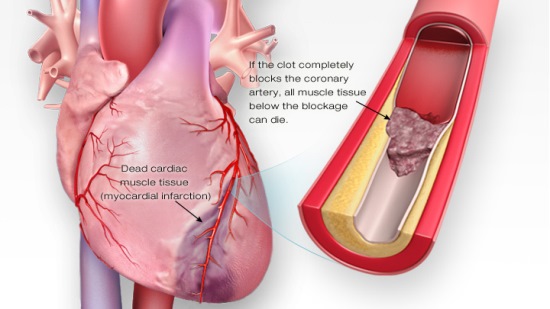
A new study published in suggests that statins, or cholesterol lowering drugs, may have the opposite effect of their intended use.
Statins may cause calcification of arteries of the heart by impairing the way “power houses” of heart muscle cells, called mitochondria, work. Coenzyme Q10 is depleted, enabling free radical production, leading to oxidative stress that calcifies arteries.
In contrast to the current belief that cholesterol reduction with statins decreases atherosclerosis (fatty deposits in arteries), this study presents a perspective that statins may be causative in coronary artery calcification and can function as mitochondrial toxins that impair muscle function in the heart and blood vessels through the depletion of coenzyme Q10 and “heme A”, and thereby ATP generation.
Statins inhibit the synthesis of vitamin K2, the cofactor for matrix Gla-protein activation, which in turn protects arteries from calcification. Statins inhibit the biosynthesis of selenium containing proteins, one of which is glutathione peroxidase serving to suppress peroxidative stress. An impairment of selenoprotein biosynthesis may be a factor in congestive heart failure, reminiscent of the dilated cardiomyopathies seen with selenium deficiency.
The epidemic of heart failure and atherosclerosis that plagues the modern world may paradoxically be aggravated by the pervasive use of statin drugs. This study proposes that current statin treatment guidelines be critically reevaluated.
Reference:
Further reading:
